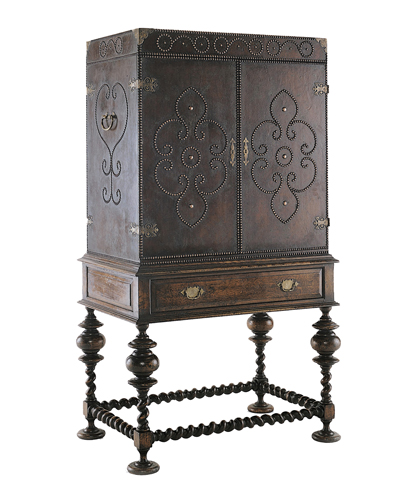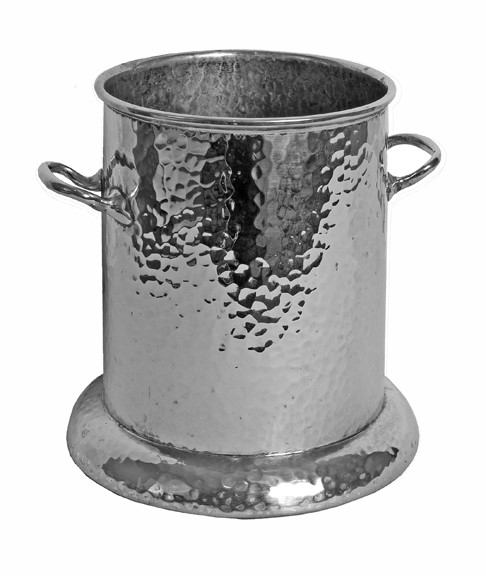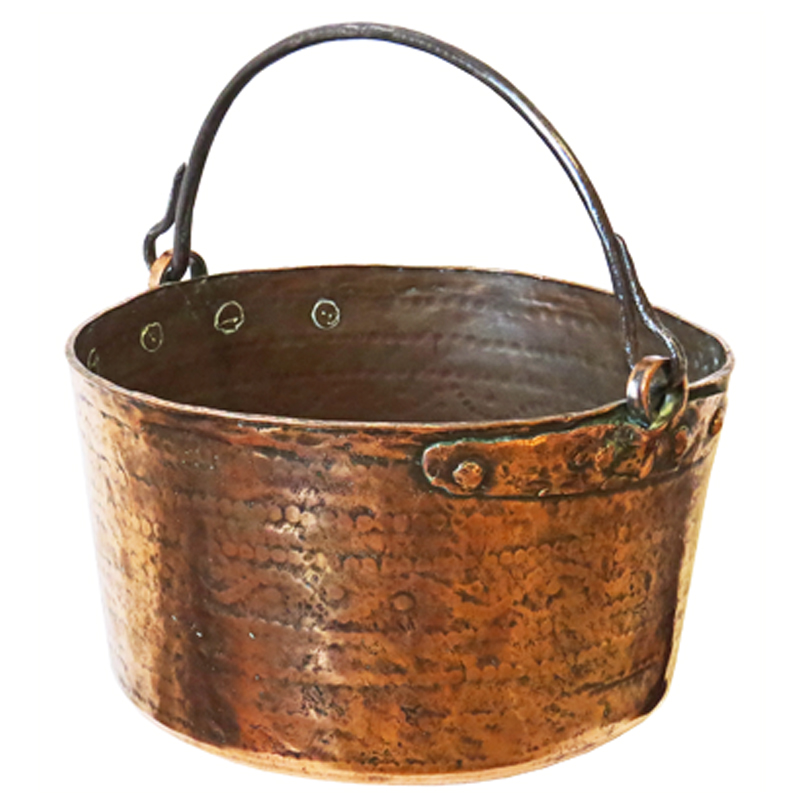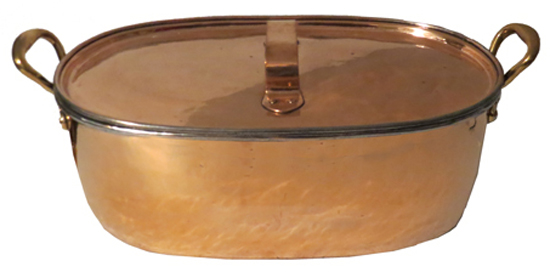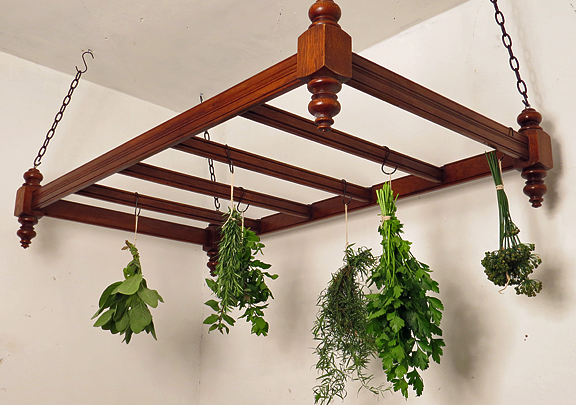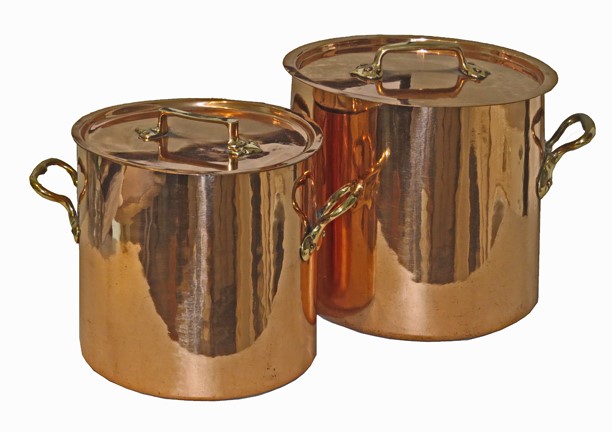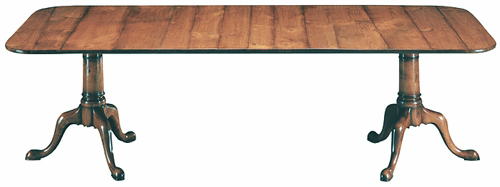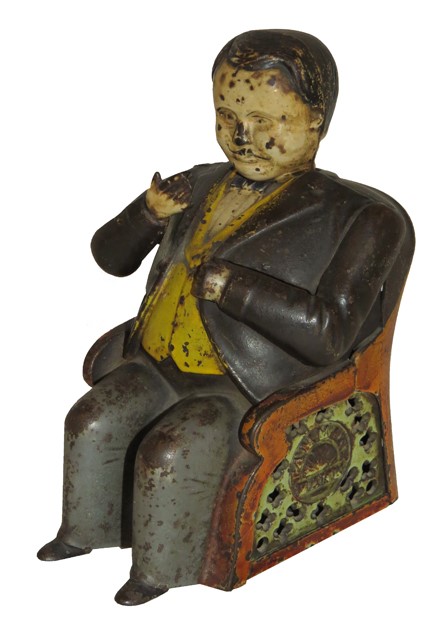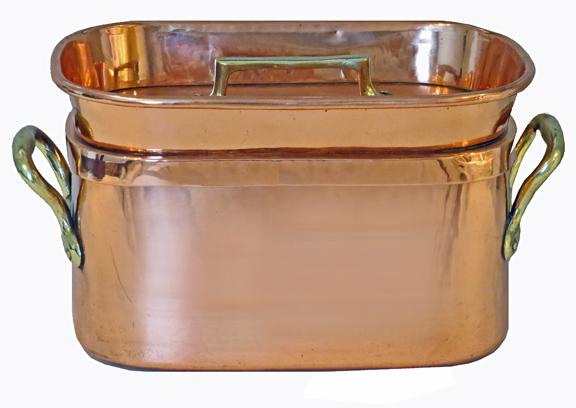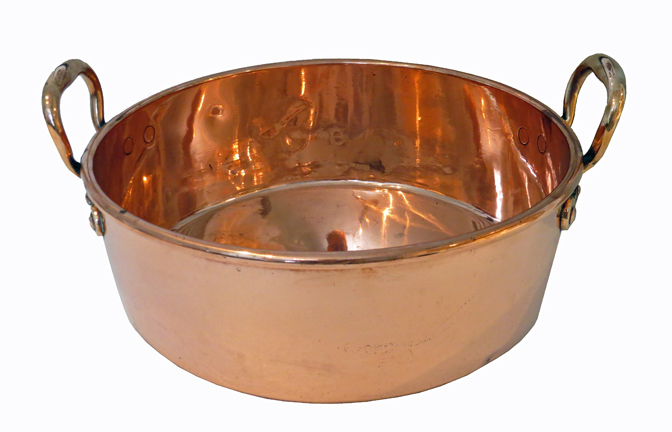Leather Studded Cupboard on Stand
Let's consider the history of the unique turnings that adorn our popular studded leather cupboard-on-stand, shown above. Today they're called “barley twists”. Why? The answer lies in a recipe created in 1638 by French Benedictine monks. It involves boiling down cane sugar with barley water, then twisting the amber strands into candy. The result looks remarkably like these spiral twists. Used on tables, stands, even bedposts, the barley twist was a familiar feature in England during the late 17th and early 18th centuries, then revived again by Queen Victoria in the mid-to-late 1800s. While many cabinetmakers can create fine pieces with skilled [...]

